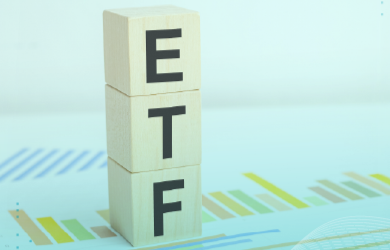Hong Kong’s Mandatory Provident Fund (MPF) has been reported with frequent news of losses, leading many to question its effectiveness. Aside from global economic and stock market influences, how can citizens get better prepared to safeguard their hard-earned savings or even invest for growth?
With the recovery in global equities, especially the US market transitioning from a bear market to a technical bull market, MPF returns were decent in the first half of the year. US equity funds were the top performers, gaining about 11.9% in the first 9 months. But the tide has since turned, with MPF research firms estimating a 2.76% investment loss in September, reducing average member balances by about HK$6,600. This marks the first year-to-date loss in 2023, totaling HK$3 billion and reducing average account balances by around HK$600. With two and a half months left in 2023, hopes of reversing the losses look dim. If the downtrend continues, it would be three consecutive years of losses from 2021 to 2023.
MPF Outperformed HK Inflation Over 22 Years
Launched in December 2000, MPF assets totaled HK$1.05 trillion as of the end of 2022. Net investment returns amounted to HK$210 billion, while net contributions were HK$840 billion. Over 22 years, MPF has generated an annualized net return of 2.3%, decently outpacing Hong Kong’s average inflation of 1.75%, albeit below the 10-year US Treasury yield of about 2.9% over the last two decades.
Employees Should Choose Portfolios Wisely
MPF funds come in five main risk categories, from low to high: Consecutive Fund, Guaranteed Fund, Bond Fund, Mixed Assets Fund, and Equity Fund. The 10-year annualized returns for the first three fund types range from 0.2% to 0.9%, -1.5% to 1.2%, and -3% to 1% respectively. So even if one sees positive returns for years, sticking to just these lower risk funds in a long term would still lag inflation. Mixed assets and equity funds delivered higher annualized returns of -0.2% to 6.6% and -3% to 9.5%, respectively.
Many default to picking Hong Kong and China equity funds, which suffered a loss of -7.6% year-to-date as of September 19, 2023, the worst among all asset classes. Hence, portfolios shouldn’t overweight any single country or region. Looking back 10 years, US equity funds from insurers often doubled in value. Global funds saw growth of 60% to 90%, while Japanese equity funds, though with fewer choices, still rose 30% to 100%. European equity funds grew around 50% to 60%. Asia, Greater China, and Hong Kong equity funds lagged, with maximum returns around 40%.
Remember to Buy Low, Sell High
The “buy low, sell high” mantra is simple but not easy to rigorously follow. MPF is a long-term, 40+ year investment. Unless funds bought have fallen substantially with expectations of further declines, they should not be sold low.
The Mandatory Provident Fund Schemes Authority (MPFA) is also launching the eMPF Platform, which targets full operation in 2025, allowing members to manage their portfolios easily online. No more excuses for inertia when portfolio management becomes seamless without mailing or brokerage.





